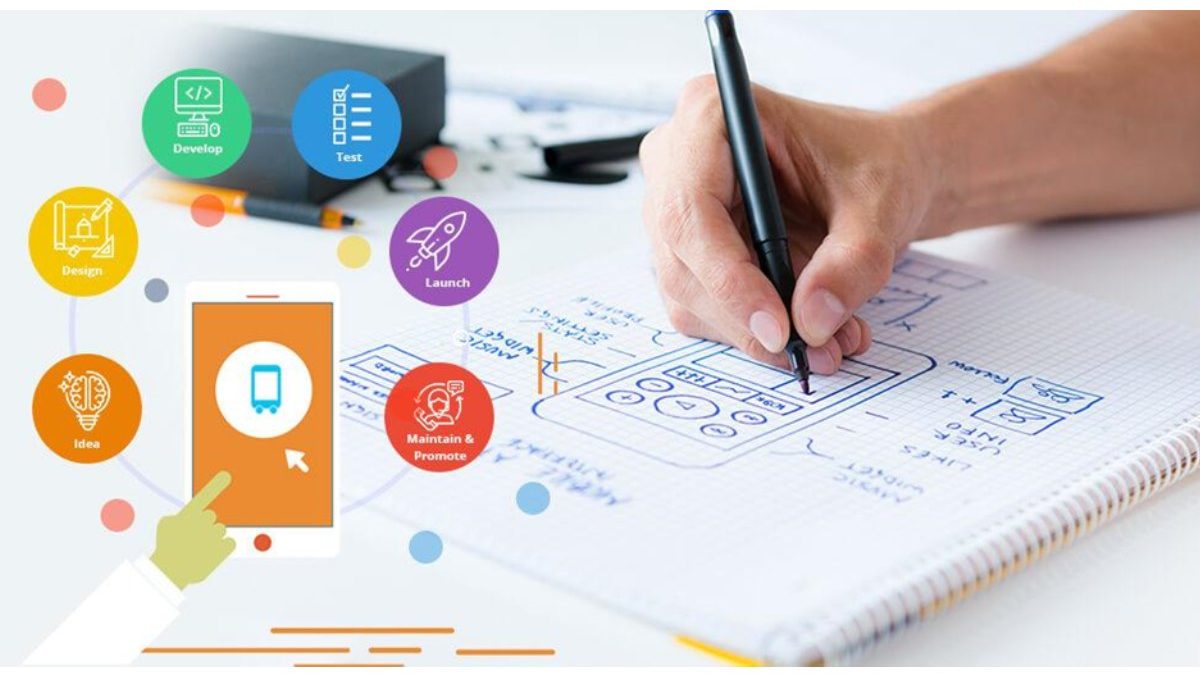Steps to Consider When Building an App for Your Business – Once you conceive a nice idea for your application, you want to turn it into reality as soon as possible. Still, building a commercially successful app requires much time, effort, and resources. So, you should never treat this process lightly. There are some important steps you need to take, including strategizing, app design, app development, and many more. In today’s post, we’re going to review some of the most important stages of the app development process and try to provide you with important tips on how to put together an effective app and get the most out of this process. And for more detailed information, kindly view website dedicated to app development.
Table of Contents
Strategize
As with any business venture, you should start your app development journey by developing a viable business strategy. At this stage, you want to clearly identify your future product value to consumers and figure out which particular problems it is going to solve. If possible, refrain from duplicating the existing app ideas, even if they’ve proved to be successful. In practice, only original app ideas have more chances to transform into a successful product, since they offer fixes to the existing pain points users struggle to address.
If you aim to create an enterprise app to help your business grow and scale up, make sure your app will be able to address your individual business needs. At this point, you already need to determine the purpose of your app and envision the benefits your solution will bring to your business.
Find a Reliable App Development Partner
Even if you’re not new to app development, chances are you won’t be able to build your digital solution from scratch without any help from outside. So, once you’re done strategizing, you’ll need to avail yourself of professional app development services provided by dedicated companies.
If you don’t plan or cannot afford hiring full-time developers, outsourcing might come in handy. Before making any hiring decision, make sure to get to know your partner better. For this, you want to check out the available feedback from the users who have already used their services. You also need to ensure your preferred team of developers have relevant experience in building similar products for your industry and are easy to communicate with.
Develop Your App
The development process is arguably the most responsible and time-intensive in your app development lifecycle.
At this stage, you want to create a rough sketch of your final product look and list major functionalities and features you want your app to possess.
If you don’t aim to create a complex and sophisticated solution, consider relying on the agile methodologies. For a more complex app, you’ll need to gather more details to define your project scope and ensure it’s a success.
Designing your app also requires much time and consideration. Users are very demanding and impatient these days. They won’t be willing to use your app if it doesn’t offer them a smooth and intuitive experience. Keep your UI design simple and make it clear and sleek with the help of your design team. Also, you need to ensure your app is fast enough. Cluttered interface and long loading time can discourage them from using your app altogether. So, it’s a good idea to ask your prospective users to provide feedback on your app design at an early stage.
After that, your development team can proceed to pick a tech stack that can best fit your project goals, identify app architecture and API design, and much more.
Don’t just dive into the development process headfirst. You would be well-advised to break up this process into milestones, or more manageable deliverables. And once your team is through with a certain task, consider reviewing their job to make sure everything goes as planned.
Conduct Testing
You also need to ensure your product operates well and smoothly with the help of a set of dedicated tests. And quality assurance testing will help you with that. You’ll need to conduct multiple tests, including functional, UX, security, and performance tests, on each aspect of your product. Any feedback you’ll get at this stage should be thoroughly analyzed and prioritized. Should there be any inconsistencies, bugs, or glitches, you’ll need to fix all issues before you consider your solution completed.
All that remains is to deploy your app over a chosen platform, like iOS or Android, market it to a wider audience, and watch it becoming more and more popular with intended users.


